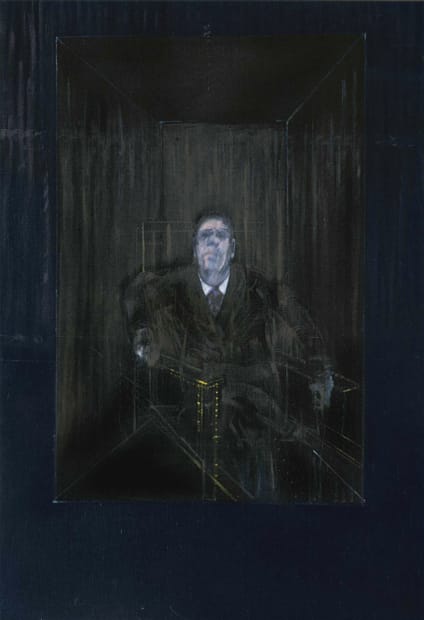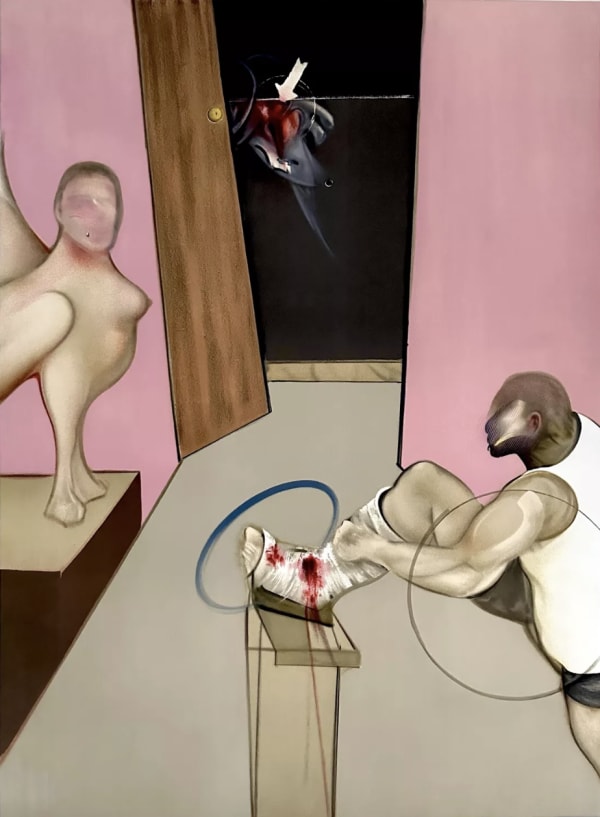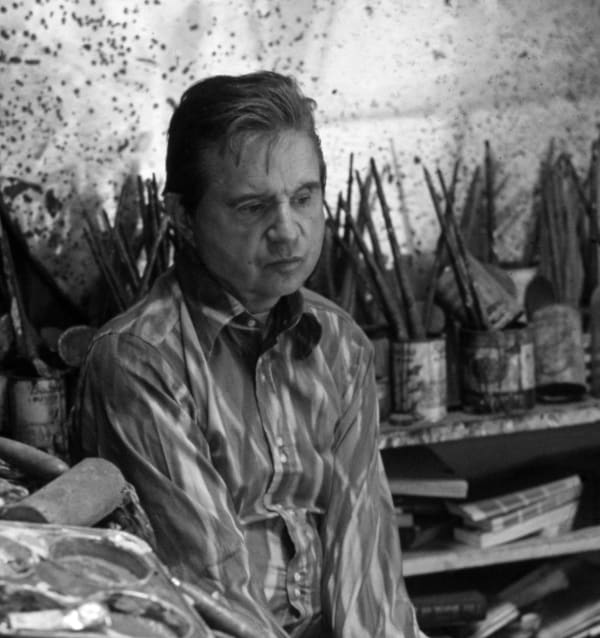-

Study for a Portrait, 1953
Oil on Canvas, 198 x 137cm
©The Estate of Francis Bacon, image reproduced for educational purposes
-
I want a very ordered image, but I want it to come about by chance.
- Francis Bacon
Francis Bacon’s lifelong fascination with portraiture lay at the centre of his art. For him, the human face was the most direct and unpredictable way to reveal emotion, instability and truth. Unlike traditional portrait painters who sought likeness or status, Bacon aimed to capture what he called the “fact” of a person, the sensations, impulses and fragility that make someone human. He once said that a successful portrait should be “an accident that has a life of its own,” reflecting his belief that emotion and chance were more authentic than control.



